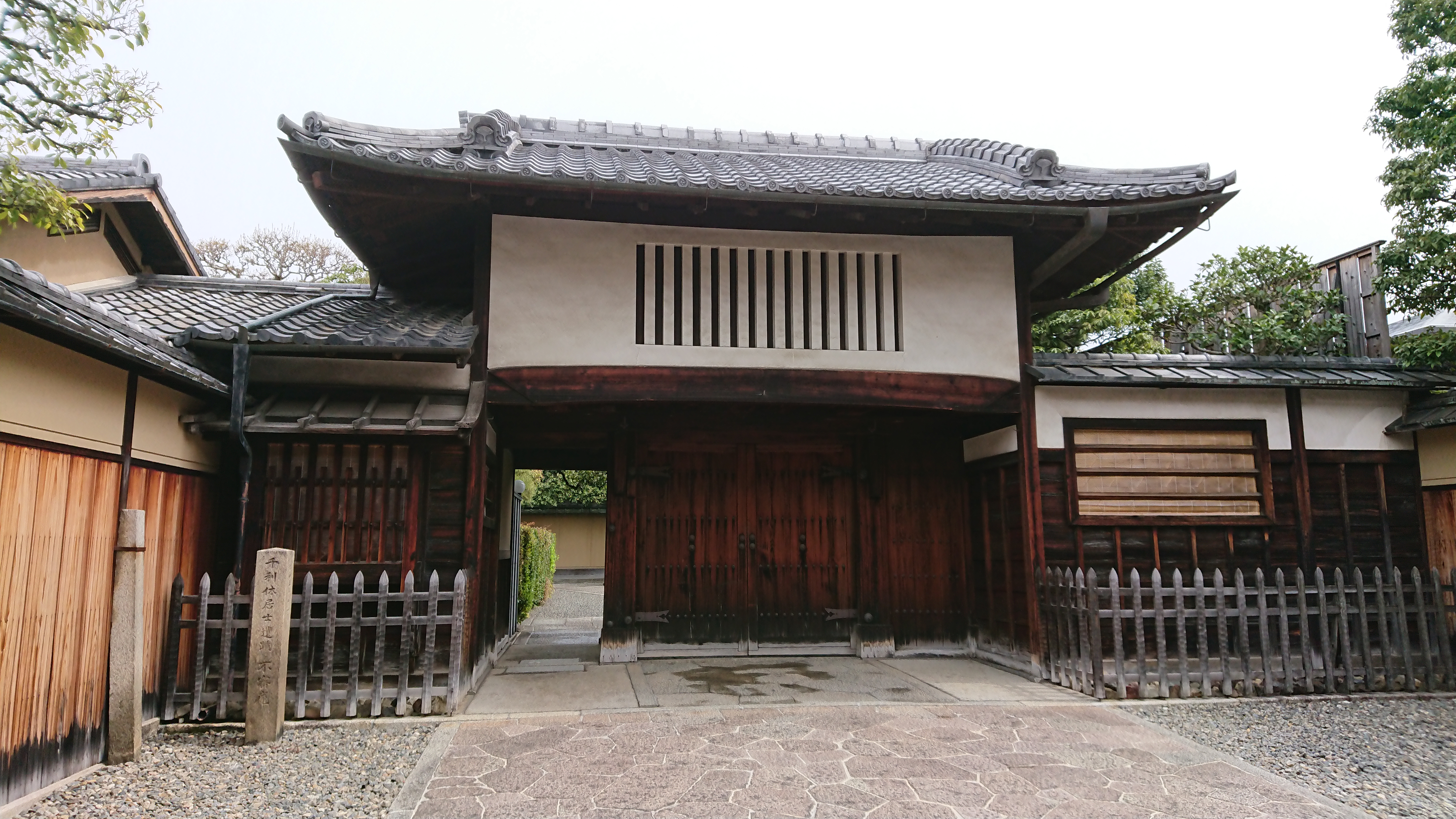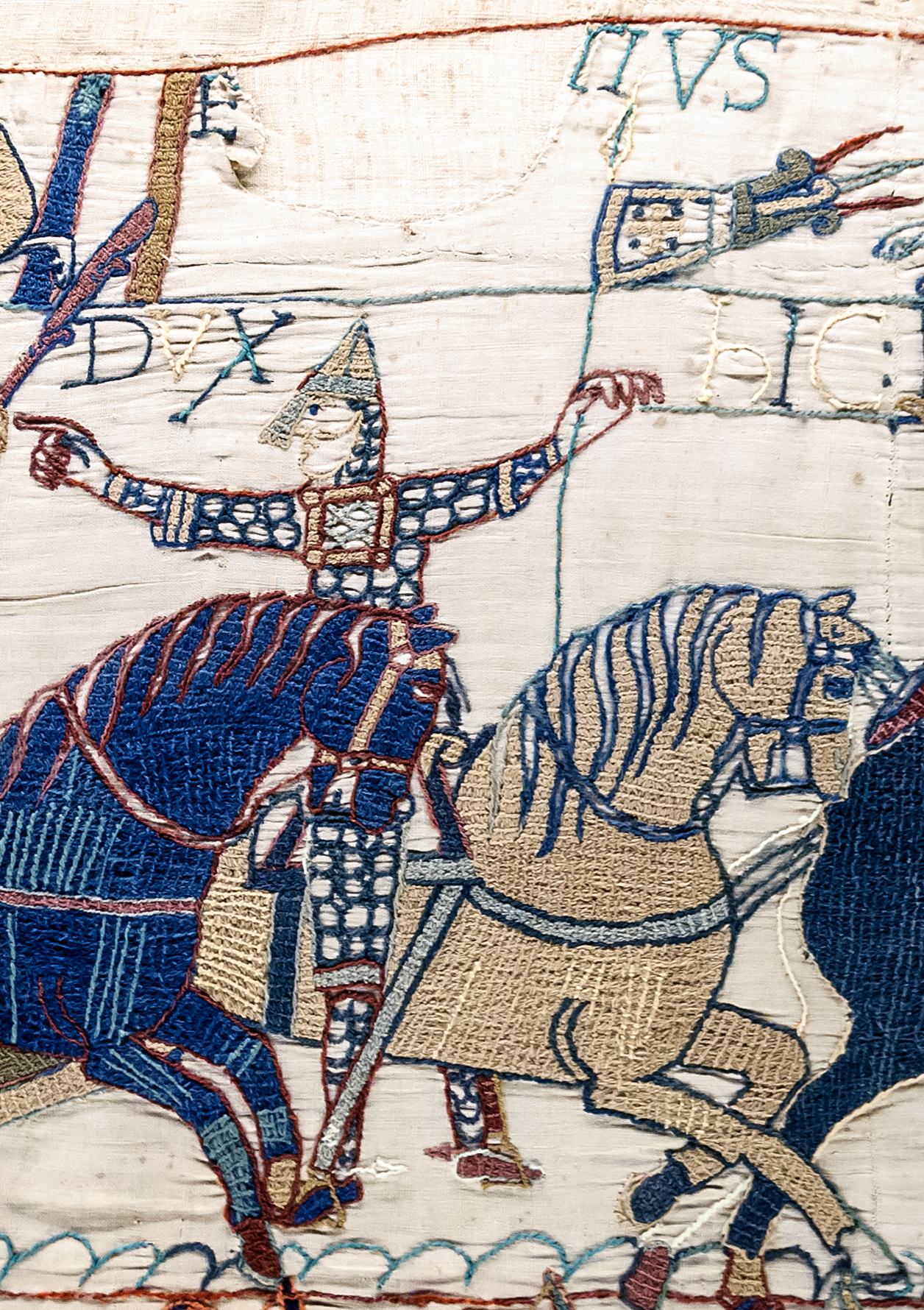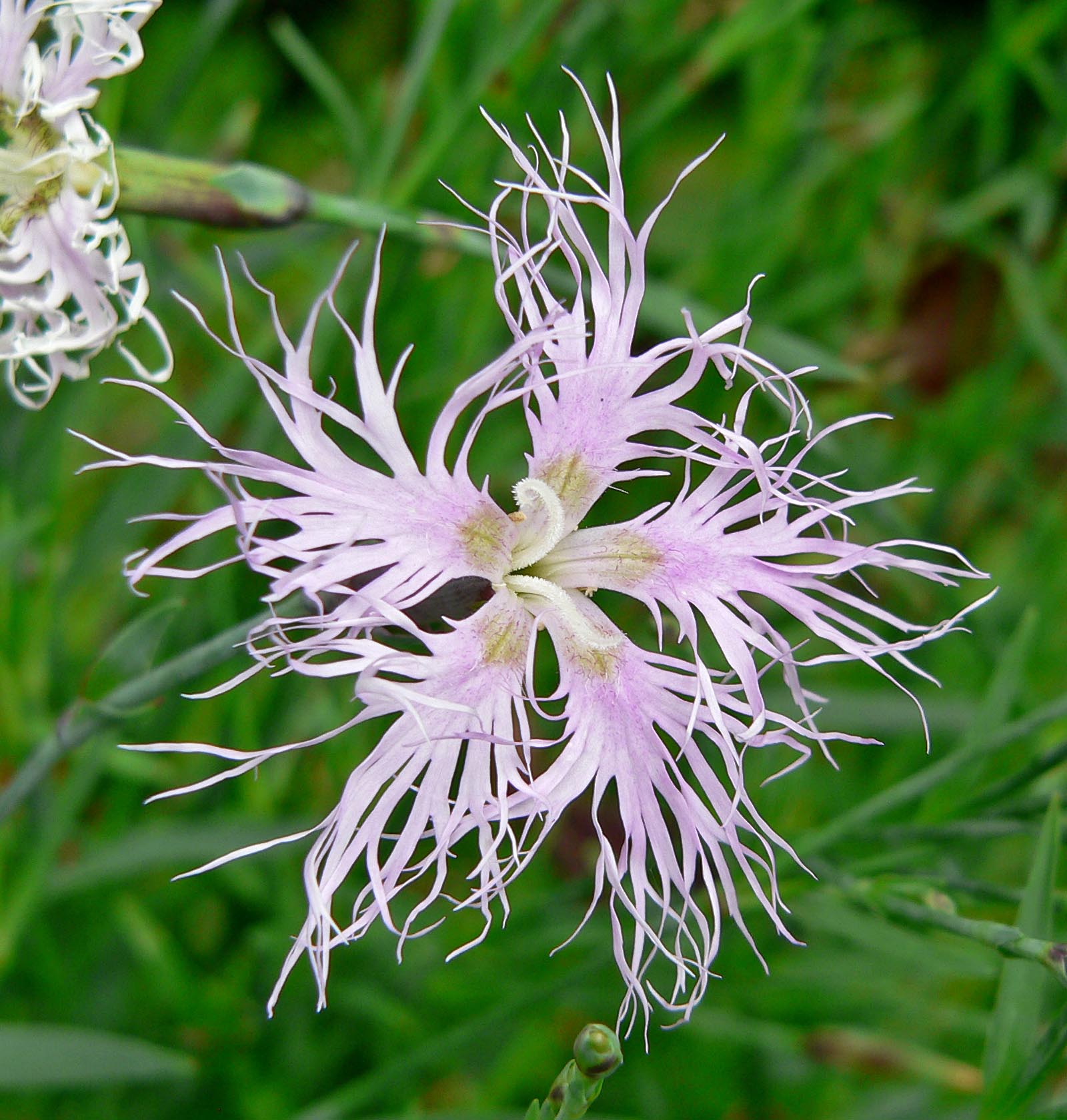|
Sae Tachikawa
was a Japanese educator in Hawaii. She founded the Tachikawa Japanese Language School in Honolulu, Hawaii. Early life and education Tachikawa was born in Fukuoka, Japan in 1889. She was an orphan, and was raised by her grandparents. As a child she took tea ceremony classes, and fell in love with Japanese culture. She studied at the Kurumei Jogakko, then earned a teaching certificate from the Tokyo Bijutsu Senmon Gakko. After graduation, she returned to Fukuoka to become a teacher. She met Ryurei Kimura, who arranged a picture bride marriage for her with Shinkyo Tachikawa, a missionary in Ōōkala, Hawaii. He was also the principal and only teacher at a Japanese language school. Career Soon after Tachikawa settled in Hawaii in 1911, the couple were transferred to Hakalau, where Shinkyo was promoted to the head of the Hawaii Jodo mission. While they initially taught Japanese classes together, Tachikawa took on more of the workload as her husband's administrative burdens grew. ... [...More Info...] [...Related Items...] OR: [Wikipedia] [Google] [Baidu] |
Honolulu
Honolulu (; ) is the capital and largest city of the U.S. state of Hawaii, which is in the Pacific Ocean. It is an unincorporated county seat of the consolidated City and County of Honolulu, situated along the southeast coast of the island of Oahu, and is the westernmost and southernmost major U.S. city. Honolulu is Hawaii's main gateway to the world. It is also a major hub for business, finance, hospitality, and military defense in both the state and Oceania. The city is characterized by a mix of various Asian, Western, and Pacific cultures, reflected in its diverse demography, cuisine, and traditions. ''Honolulu'' means "sheltered harbor" or "calm port" in Hawaiian; its old name, ''Kou'', roughly encompasses the area from Nuuanu Avenue to Alakea Street and from Hotel Street to Queen Street, which is the heart of the present downtown district. The city's desirability as a port accounts for its historical growth and importance in the Hawaiian archipelago and the broader ... [...More Info...] [...Related Items...] OR: [Wikipedia] [Google] [Baidu] |
Koto (instrument)
The is a Japanese plucked half-tube zither instrument, and the national instrument of Japan. It is derived from the Chinese and , and similar to the Mongolian , the Korean and , the Vietnamese , the Sundanese and the Kazakhstan . Koto are roughly in length, and made from Paulownia wood ('' Paulownia tomentosa'', known as ). The most common type uses 13 strings strung over movable bridges used for tuning, different pieces possibly requiring different tuning. 17-string koto are also common, and act as bass in ensembles. Koto strings are generally plucked using three fingerpicks (), worn on the first three fingers of the right hand. Names and types The character for ''koto'' is , although is often used. However, (''koto'') is the general term for all string instruments in the Japanese language,(jaKotobank koto/ref> including instruments such as the , , , , , and so on. When read as , it indicates the Chinese instrument . The term is used today in the same way. The term ... [...More Info...] [...Related Items...] OR: [Wikipedia] [Google] [Baidu] |
1990 Deaths
Year 199 ( CXCIX) was a common year starting on Monday (link will display the full calendar) of the Julian calendar. At the time, it was sometimes known as year 952 ''Ab urbe condita''. The denomination 199 for this year has been used since the early medieval period, when the Anno Domini calendar era became the prevalent method in Europe for naming years. Events By place Roman Empire * Mesopotamia is partitioned into two Roman provinces divided by the Euphrates, Mesopotamia and Osroene. * Emperor Septimius Severus lays siege to the city-state Hatra in Central-Mesopotamia, but fails to capture the city despite breaching the walls. * Two new legions, I Parthica and III Parthica, are formed as a permanent garrison. China * Battle of Yijing: Chinese warlord Yuan Shao defeats Gongsun Zan. Korea * Geodeung succeeds Suro of Geumgwan Gaya, as king of the Korean kingdom of Gaya (traditional date). By topic Religion * Pope Zephyrinus succeeds Pope Vic ... [...More Info...] [...Related Items...] OR: [Wikipedia] [Google] [Baidu] |
1889 Births
Events January–March * January 1 ** The total solar eclipse of January 1, 1889 is seen over parts of California and Nevada. ** Paiute spiritual leader Wovoka experiences a vision, leading to the start of the Ghost Dance movement in the Dakotas. * January 4 – An Act to Regulate Appointments in the Marine Hospital Service of the United States is signed by President Grover Cleveland. It establishes a Commissioned Corps of officers, as a predecessor to the modern-day U.S. Public Health Service Commissioned Corps. * January 5 – Preston North End F.C. is declared the winner of the inaugural Football League in England. * January 8 – Herman Hollerith receives a patent for his electric tabulating machine in the United States. * January 15 – The Coca-Cola Company is originally incorporated as the Pemberton Medicine Company in Atlanta, Georgia. * January 22 – Columbia Phonograph is formed in Washington, D.C. * January 30 – Rudolf, Crown Prince of Austria a ... [...More Info...] [...Related Items...] OR: [Wikipedia] [Google] [Baidu] |
Order Of The Sacred Treasure
The is a Japanese order, established on 4 January 1888 by Emperor Meiji as the Order of Meiji. Originally awarded in eight classes (from 8th to 1st, in ascending order of importance), since 2003 it has been awarded in six classes, the lowest two medals being abolished that year. Originally a male-only decoration, the order has been made available to women since 1919. The Order of the Sacred Treasure, which had 8 ranks until 2003, was awarded as a slightly lower rank than the Order of the Rising Sun for men and the Order of the Precious Crown for women. For example, the 1st class of the Order of the Sacred Treasure has been treated as between the 1st class and the 2nd class of the Order of the Rising Sun and the Order of the Precious Crown, and the 2nd class of the Order of the Sacred Treasure has been treated as between the 2nd class and the 3rd class of the Order of the Rising Sun and the Order of the Precious Crown. [...More Info...] [...Related Items...] OR: [Wikipedia] [Google] [Baidu] |
Eisaku Satō
was a Japanese politician who served as Prime Minister from 1964 to 1972. He is the third-longest serving Prime Minister, and ranks second in longest uninterrupted service as Prime Minister. Satō entered the National Diet in 1949 as a member of the Liberal Party. Gradually rising through the ranks of Japanese politics, he held a series of cabinet positions. In 1964 he succeeded Hayato Ikeda as Prime Minister, becoming the first Prime Minister to have been born in the 20th century. As Prime Minister, Satō presided over a period of rapid economic growth. He arranged for the formal return of Okinawa (Ryukyu Islands; occupied by the United States since the end of the Second World War) to Japanese control. Satō brought Japan into the Nuclear Non-Proliferation Treaty, for which he received the Nobel Peace Prize as a co-recipient in 1974. Early life Satō was born on 27 March 1901, in Tabuse, Yamaguchi Prefecture, the third son of businessman Hidesuke Satō and his wife Moyo. H ... [...More Info...] [...Related Items...] OR: [Wikipedia] [Google] [Baidu] |
Omotesenke
Omotesenke (表千家) is one of the schools of Japanese tea ceremony. Along with Urasenke and Mushakōjisenke, it is one of the three lines of the Sen family descending from Sen no Rikyū, which together are known as the san-Senke or "three Sen houses/families" (三千家). The name "Omotesenke", literally meaning "front Sen house/family," came into being as a natural occurrence, because of the location of the homestead of this line of the family in relation to that of the line of the family at what originally was the rear (ura) of the Sen estate. The name "Mushakōjisenke" for the other of the three lines of the family derives from the fact that the family's homestead is located along Mushakōji street. History The Omotesenke estate, known by the name of its representative tea room, the "Fushin-an" (不審庵), was where Sen no Rikyū's son-in-law, Sen Shōan, reestablished the Kyoto Sen household after Rikyū's death. It is located on Ogawa street in the Kamigyō ward of K ... [...More Info...] [...Related Items...] OR: [Wikipedia] [Google] [Baidu] |
Ikebana
is the Japanese art of flower arrangement. It is also known as . The tradition dates back to Heian period, when floral offerings were made at altars. Later, flower arrangements were instead used to adorn the (alcove) of a traditional Japanese home. reached its first zenith in the 16thcentury under the influence of Buddhist tea masters and has grown over the centuries, with numerous distinct schools extant today. is counted as one of the three classical Japanese arts of refinement, along with for incense appreciation and for tea and the tea ceremony. Etymology is from the Japanese and . Possible translations include "giving life to flowers" and "arranging flowers". History The pastime of viewing plants and appreciating flowers throughout the four seasons was established in Japan early on through the aristocracy. poetry anthologies such as the and from the Heian period (794–1185) included many poems on the topic of flowers. With the introduction of ... [...More Info...] [...Related Items...] OR: [Wikipedia] [Google] [Baidu] |
Embroidery
Embroidery is the craft of decorating fabric or other materials using a needle to apply thread or yarn. Embroidery may also incorporate other materials such as pearls, beads, quills, and sequins. In modern days, embroidery is usually seen on caps, hats, coats, overlays, blankets, dress shirts, denim, dresses, stockings, scarfs, and golf shirts. Embroidery is available in a wide variety of thread or yarn colour. Some of the basic techniques or stitches of the earliest embroidery are chain stitch, buttonhole or blanket stitch, running stitch, satin stitch, and cross stitch. Those stitches remain the fundamental techniques of hand embroidery today. History Origins The process used to tailor, patch, mend and reinforce cloth fostered the development of sewing techniques, and the decorative possibilities of sewing led to the art of embroidery. Indeed, the remarkable stability of basic embroidery stitches has been noted: The art of embroidery has been found world ... [...More Info...] [...Related Items...] OR: [Wikipedia] [Google] [Baidu] |
Fukuoka
is the List of Japanese cities by population, sixth-largest city in Japan, the second-largest port city after Yokohama, and the capital city of Fukuoka Prefecture, Japan. The city is built along the shores of Hakata Bay, and has been a center of international commerce since ancient times. The area has long been considered the gateway to the country, as it is the nearest point among Japan's main islands to the Asian mainland. Although humans occupied the area since the Jomon period, some of the earliest settlers of the Yayoi period arrived in the Fukuoka area. The city rose to prominence during the Yamato period. Because of the cross-cultural exposure, and the relatively great distance from the social and political centers of Kyoto, Osaka, and later, Edo (Tokyo), Fukuoka gained a distinctive local culture and dialect that has persisted to the present. Fukuoka is the most populous city on Kyushu, Kyūshū island, followed by Kitakyushu. It is the largest city and metropolitan ... [...More Info...] [...Related Items...] OR: [Wikipedia] [Google] [Baidu] |
Mixed-sex Education
Mixed-sex education, also known as mixed-gender education, co-education, or coeducation (abbreviated to co-ed or coed), is a system of education where males and females are educated together. Whereas single-sex education was more common up to the 19th century, mixed-sex education has since become standard in many cultures, particularly in Western countries. Single-sex education remains prevalent in many Muslim countries. The relative merits of both systems have been the subject of debate. The world's oldest co-educational school is thought to be Archbishop Tenison's Church of England High School, Croydon, established in 1714 in the United Kingdom, which admitted boys and girls from its opening onwards. This has always been a day school only. The world's oldest co-educational both day and boarding school is Dollar Academy, a junior and senior school for males and females from ages 5 to 18 in Scotland, United Kingdom. From its opening in 1818, the school admitted both boys and ... [...More Info...] [...Related Items...] OR: [Wikipedia] [Google] [Baidu] |
Yamato Nadeshiko
''Yamato nadeshiko'' ( or ) is a Japanese term meaning the "personification of an idealized Japanese woman", or "the epitome of pure, feminine beauty"; poised, decorous, kind, gentle, graceful, humble, patient, virtuous, respectful, benevolent, honest, charitable, faithful. It is a floral metaphor, combining the words '' Yamato'', an ancient name for Japan, and ''nadeshiko'', a delicate frilled pink carnation called '' Dianthus superbus'', whose kanji translate into English as "caressable child". The term "Yamato nadeshiko" is often used to describe a demure young woman and, in a contemporary context, nostalgically of women with good traits which are perceived as being increasingly rare. The official nickname of the Japan women's national football team is ''Nadeshiko Japan'' () which was derived from ''Yamato nadeshiko''.''Japanese Women and Sport: Beyond Baseball and Sumo'' by Robin Kietlinski, A&C Black, 1 December 2011. The nickname was chosen by contest in 20 ... [...More Info...] [...Related Items...] OR: [Wikipedia] [Google] [Baidu] |










